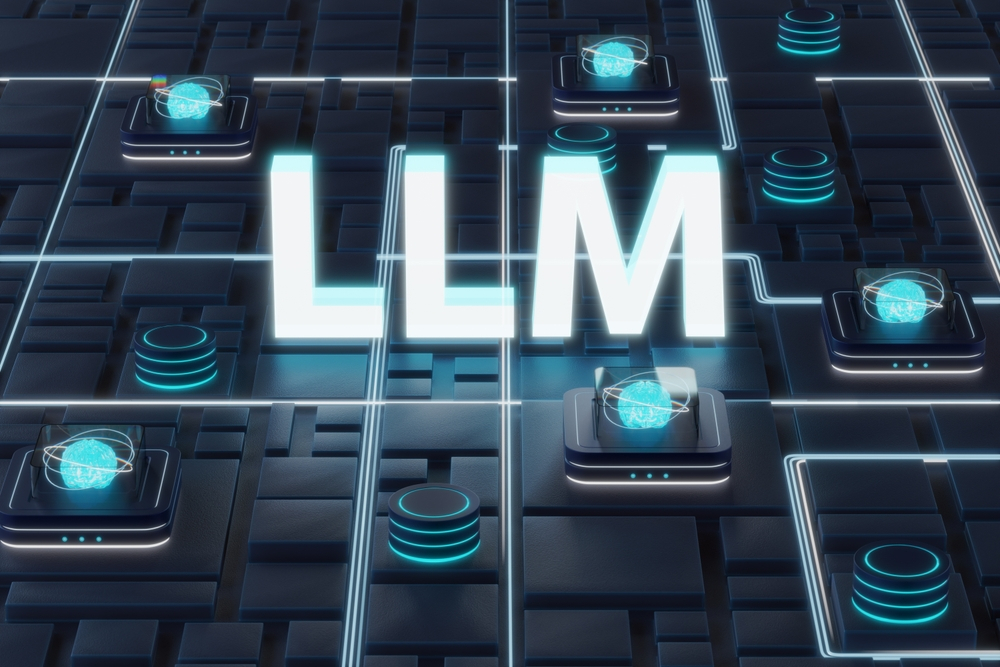Highlights:
- After launching xAI in June last year, Musk managed to secure at least USD 135 million in funding for the business.
- A commercial application programming interface will probably be used by xAI to make the model available to developers if the company chooses to sell its Grok replacement.
Elon Musk announced an open-source flagship large language model through xAI Corp., the OpenAI competitor he launched last year.
“This week, @xAI will release Grok as open source,” Musk (pictured) announced in a post on X early in the morning. Developers often distribute open-source AI models on Hugging Face, a platform similar to GitHub for managing machine learning projects. The Hugging Face repository typically contains the AI code as well as associated assets like the training dataset used in its development.
After launching xAI in June last year, Musk managed to secure at least USD 135 million in funding for the business. Last November, the business unveiled the Grok language model, as its first offering. It can write software code, produce text, and carry out several other related functions.
A few days after Musk sued OpenAI for allegedly breaking a promise to make significant developments in AI freely available to the public, the company moved to Grok, which is open-source. The CEO of Tesla Inc. claims that pledge was given as part of a founding agreement that also stipulated that OpenAI would function as a nonprofit. In 2019, the AI developer established a for-profit division.
Responding to the lawsuit, OpenAI revealed that Musk is involved in the discussions to form the for-profit division. The AI developer states that he “wanted majority equity, initial board control, and to be CEO.” Besides, Musk also suggested allegedly that OpenAI should become segment of Tesla.
If xAI were to open-source the Grok language model, it is unclear how it would go about making money off its efforts. The business might follow the same strategy as another venture-backed LLM firm, Mistral AI. Mistral has unveiled three paid language models with more sophisticated capabilities after releasing its initial two LLMs under an open-source license.
Musk’s AI startup has already declared its goal to develop a more sophisticated Grok substitute. On the xAI website, it is stated that this version will provide processing of photos and videos in addition to text.
The business also suggested it will add an official verification element to Grok’s replacement. A mathematical method called formal verification can be used to make sure a system—like a software program or auto component—is free of design defects. On its website, xAI states that it thinks this technique might be used to confirm that code produced by LLMs is bug-free.
If xAI decides to bring its Grok successor to market, it will probably offer the model to developers via a commercial application programming interface. This is the strategy adopted by leading market players like OpenAI, Anthropic PBC, and Mistral for their language models. Companies also provide paid chatbot services for business users to access the LLMs via a browser-based interface.





























































